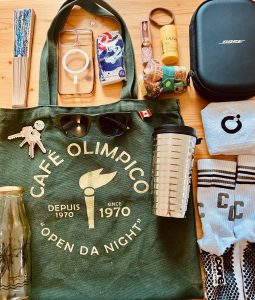In selecting my ten pieces from the Golden Record, I relied on a mix of emotional resonance, descriptive reflection, and personal enjoyment as my main criteria.
For each of the 27 tracks, I wrote three descriptive phrases to capture its atmosphere and feeling, which helped me notice recurring qualities like rhythm, texture, and mood that drew me in.
I also rated each piece out of ten to measure how strongly I connected to it on a personal level. This process helped me balance intuitive response with reflective listening, leading me to choose the ten pieces that felt most alive, emotionally engaging, and representative of the diversity and creativity of human sound.
My final selections were:
- Bach – Brandenburg Concerto No. 2 in F, First Movement (Germany)
- Beethoven – Symphony No. 5, First Movement (Germany)
- Stravinsky – The Rite of Spring, Sacrificial Dance (Russia)
- Blind Willie Johnson – Dark Was the Night, Cold Was the Ground (United States)
- Chuck Berry – Johnny B. Goode (United States)
- Javanese Gamelan – Kinds of Flowers (Indonesia)
- Navajo Night Chant (Native North America)
- Melanesian Panpipes (Solomon Islands)
- Percussion Ensemble (Senegal)
- Japanese Shakuhachi Flute – Crane’s Nest (Japan)
I chose not to include any of the spoken greetings or images from the record because I wanted to focus purely on sound as a universal language. Words and pictures rely on shared symbols and interpretation, while music communicates using elements that might transcend culture or species. By concentrating on the musical selections, I was drawn to how sound itself becomes the message, carrying traces of human expression even without translation.
In choosing these ten, I aimed for a balance between diversity, emotional impact, and sonic variety. I wanted to include music that feels deeply human and expressive and could be felt even by a being who doesn’t share our culture or language. The combination of ancient ritual music, folk traditions, and modern compositions reflects both the range and the restlessness of human creativity. And yet, I can’t help but be struck by the irony that these sounds now travel through the silent vacuum of space, where sound itself cannot exist.
References
- Music from Earth.Links to an external site. (n.d.). NASA.
- Taylor, D. (Host). (2019, April). Voyager golden recordLinks to an external site. [Audio podcast episode]. In Twenty thousand hertz. Defacto Sound.
